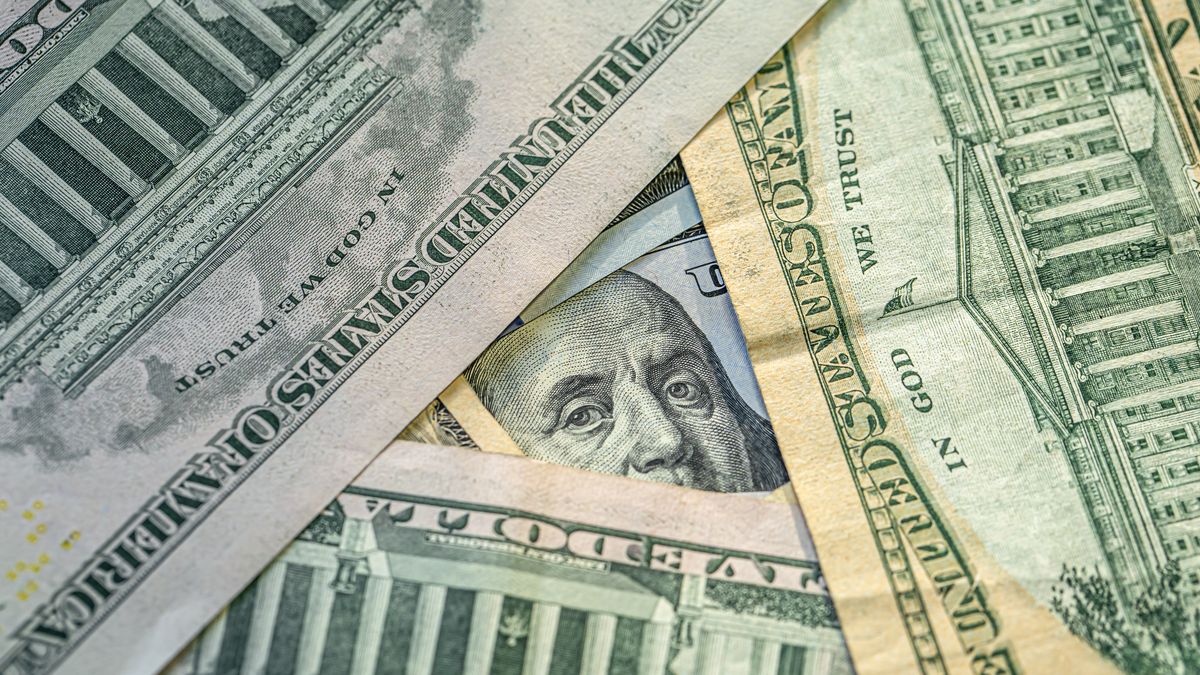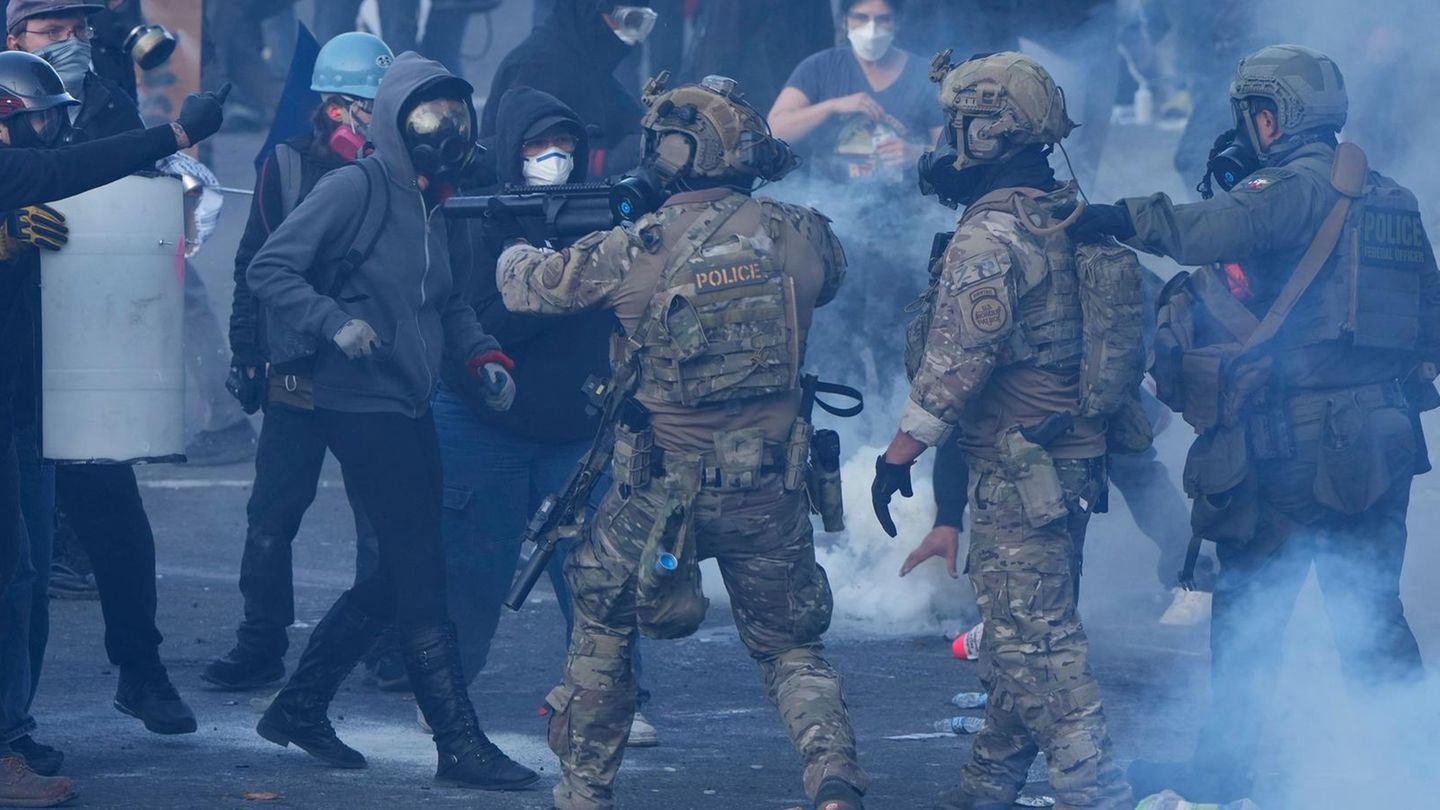The reserves are located at US$ 36,365 million, and we believe that they may continue to drop in the coming days, since there are still debt payments abroad, and the inflow of significant money is not foreseen.
In the current context, It would be healthy if the government managed to renegotiate fiscal goals with the IMFpostpone payments for US$ 4,000 million and achieve some disbursement of reserves, otherwise the imports of the second semester are at risk, due to the lack of dollars from exports.
The fiscal deficit is very high, and is above market expectations.
The monetary liabilities of the Central Bank already add up to $17.5 trillion, versus reserves of US$ 36,365 million, resulting in a convertibility dollar of $482.
As can be seen, the rise in the dollar is supported by the climatic catastrophe that leaves us without exports, the terrible administration of the State carried out by the government, the lack of policies that generate confidence, the non-existence of investment that generates employment in large urban sectors, and a tax pressure that leaves the entrepreneur who does not want to invest exhausted.
How is the movie going?
The government has little luck, next May 2 is the meeting of the United States Federal Reserve, it is very likely that the rate will rise to 5.25% per year, an increase of 0.25%, which was expected. However, nobody expected that they could increase the rate in the next meetings to levels of 5.5% or 5.75% per year to banish inflationary expectations.
In Europe, inflation does not subside, and interest rates will have to continue to rise, Russia’s invasion of Ukraine continues to generate negative expectations, and a probable conflict between China and Taiwan accelerates the global arms race. We are going to a world with overflowing public spending, fiscal deficit and inflation.
We went from a 2000/19 period with low interest rates and inflation, to enter a period with much higher interest rates and inflation, the economy of things is coming, tickets no longer protect you. The United States with inflation above 6.0%, Europe with many countries with double-digit inflation, and in both cases negative interest rates against inflation.
Returning to Argentina
We are less than 4 months away from the PASO elections, the dollarization of portfolios was something to be expected, And it happened. Especially when the world entered into a profit-taking with declines in the main stock market indicators, the fall in the price of oil and the decline in agricultural raw materials.
It is inexplicable that with inflation of 7.7% per month, the Central Bank set the interest rate for fixed terms at 6.5% per month, it was sung that savers would change some percentage from pesos to dollars, it was the obligatory excuse in a political environment of high uncertainty due to the elections on August 13.
While the Central Bank offers a rate of 6.5% per month or 78% per year, however you want to measure it, the Ministry of the Economy goes looking for money in the market and pays a rate of 7.9% per month or 95.0% per year for a Letter of conviction at 101 days. For a term of 40 days, it offers a rate of 7.7% per month or 92.3% per year.
The divergence of interest rate policy between the Central Bank and the Ministry of Economy contribute greatly to the general confusion, and are the source of distrust that generates a fall in the bond market in dollars and pesos.
Argentine shares come from a very important bullish rally, they are expiring the futures market, the world does not smile at them and a profit-taking is imposed in the current context. You have to shuffle and give again, take profits and let’s see what happens from outside.
Conclusion
. – Very difficult days are coming, we are going to a scenario of high uncertainty, the dollar has a ceiling in the area of $460/$480, with a price around $410 for the dollar MEP, there is a long way to go.
. – The government has the possibility of intervening in the market by selling bonds, it can do so in pesos or dollars, but it cannot handle both prices, with which the dollar can continue to rise despite state intervention.
. – We are in a very recessive scenario and the month ends on the 15th, salaries are very short or the months are very long. If the government were to launch a small plan for the elections, it would provide the market with the necessary liquidity to validate a scenario of more inflation and a growing exchange rate gap.
. – The official dollar would be at $223.2 by the end of the month, the current economic scenario of uncertainty could lead us to an exchange gap of 100%, 110% or 120%, in these scenarios the probable prices for alternative dollars could be $446.4; $468.72 and $491.04. We do not believe that for now the gap will exceed the 120% level, therefore if it reaches those levels it would be a sale price.
. – As long as the structural problems remain in force (high tax pressure, stocks and fiscal deficit) the Argentine economy will continue to have rising inflation and a devalued peso. To say that all this happened because of a presidential adviser’s fault is to misdirect the problem so as not to recognize reality.
financial analyst
Source: Ambito
David William is a talented author who has made a name for himself in the world of writing. He is a professional author who writes on a wide range of topics, from general interest to opinion news. David is currently working as a writer at 24 hours worlds where he brings his unique perspective and in-depth research to his articles, making them both informative and engaging.




